Provocative Exhibit Flashes Back to 1968
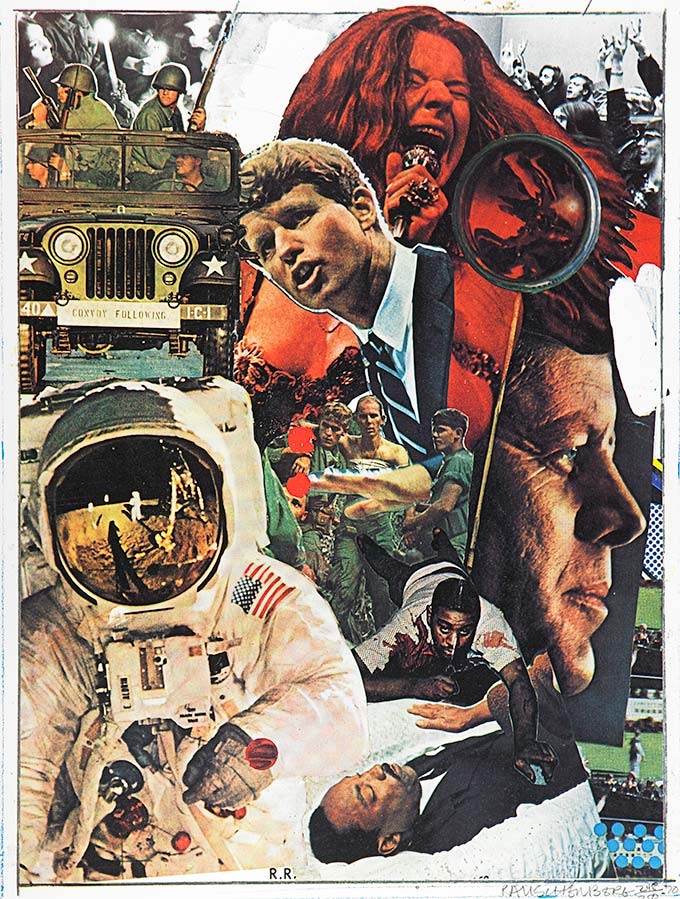
1968: The Whole World is Watching
May 25–August 12, 2018
For immediate release: 5/21/18
For further information contact: Douglas Perkins, at deperkin@middlebury.edu or (802) 443-5235
Middlebury, VT—The year 1968 is generally regarded—both globally and in the United States—as one of the most tumultuous moments in American history. Even in a decade of such radical change, 1968 marked a distinct turning point for the attitudes of many Americans. 1968, which opens May 25 at the Middlebury College Museum of Art, takes its subtitle, “the whole world is watching,” from the chants of Vietnam War protesters at the Democratic National Convention in Chicago on August 28, 1968, as their battles with police were recorded by the media.
So, what were these events—in addition to protests at the Democratic National Convention—that the whole world was watching in 1968, and how did they alter life in America? Politically, violent acts such as the assassinations of the Reverend Dr. Martin Luther King Jr. and Robert F. Kennedy, shook the fabric of American society. Simultaneously, the “quagmire” of the Vietnam War dragged on with no end in sight. Student demonstrations at Columbia University seeded a protest movement that would sweep across American college and university campuses in the next two years.
The art world was at once isolated from, and reflective of, the chaos felt in society at large. Art was exploring new media and taking unprecedented steps toward something never seen before. Some artists became activists, pushing the limits of political art. Exhibits, theoretical writings, and radical aesthetic initiatives challenged the premise of modernism, as “a generation of young iconoclastic artists suggested the emergence of a new sensibility.” As Craig Owens wrote a few years later, “Appropriation, site-specificity, impermanence, accumulation, discursivity, hybridization … characterized much of the art [of the 1960s] and distinguished it from its predecessors” (October, Spring 1980). All this is to say, the seismic waves rocking American society marked a radical shift in the definition of art.
This exhibition assembles prints, photographs, videos, paintings, and sculpture from the mid-1960s through the early 1970s that reflect some of the more visible divisions within the art world of the time. Also included in this exhibit is a snapshot of Middlebury College in 1968, which, like most American academic institutions, was just beginning to experience the changes that would dramatically transform campus life over the next few years.
1968 was organized by Maddie Hampton ’18 and Sophie Taylor ’20 who worked as museum interns during the past academic year. The presentation of this exhibition is made possible in part with support from the Christian A. Johnson Memorial Fund and the Charles F. Kireker III and Sarah Kireker Faulkner ’79 Fund.
Press Images
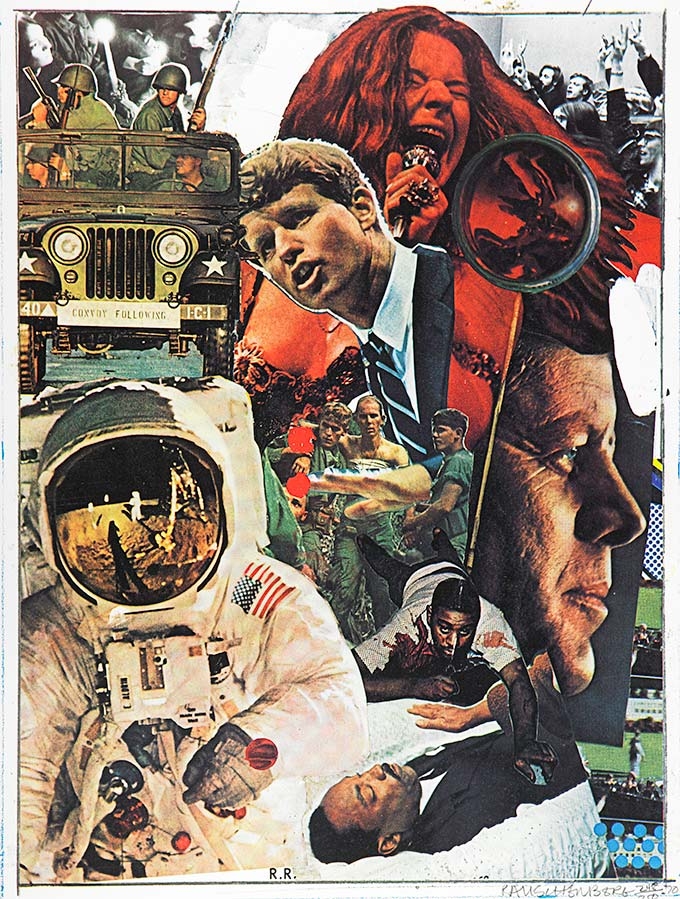
Robert Rauschenberg, Signs, 1970, color screenprint on paper, 35 3/8 x 26 7/8 inches, edition: 203/250.
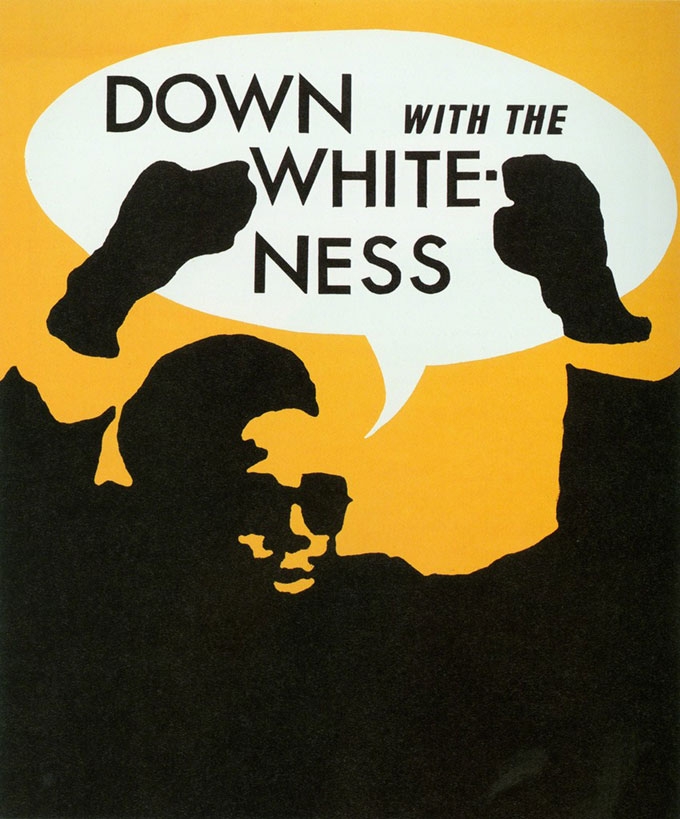
Rupert Garcia (American, born 1941), Down with the Whiteness, 1969, silkscreen on paper, 22 3/4 × 18 3/4 inches. Collection of Middlebury College Museum of Art. Purchase with funds provided by the Fine Arts Acquisition Fund, 2018.

Roy Lichtenstein (American, 1923–1997), Sandwich and Soda from the portfolio X + X: Ten Works by Ten Painters, 1964, screenprint on clear plastic, 19 1/16 x 23 inches. Collection of Middlebury College Museum of Art. Purchase with funds provided by the Walter Cerf Art Acquisition Fund, 2014.173.07.
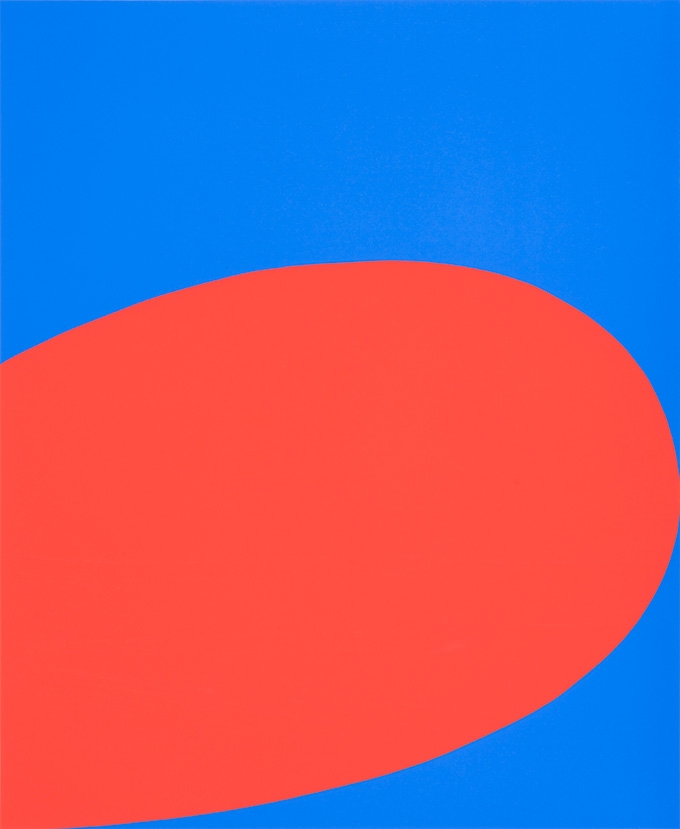
Ellsworth Kelly (American, 1923–2015), Red Blue from the portfolio X + X: Ten Works by Ten Painters, 1964, screenprint on paper, 22 x 17 15/16 inches. Collection of Middlebury College Museum of Art. Purchase with funds provided by the Walter Cerf Art Acquisition Fund, 2014.173.03.
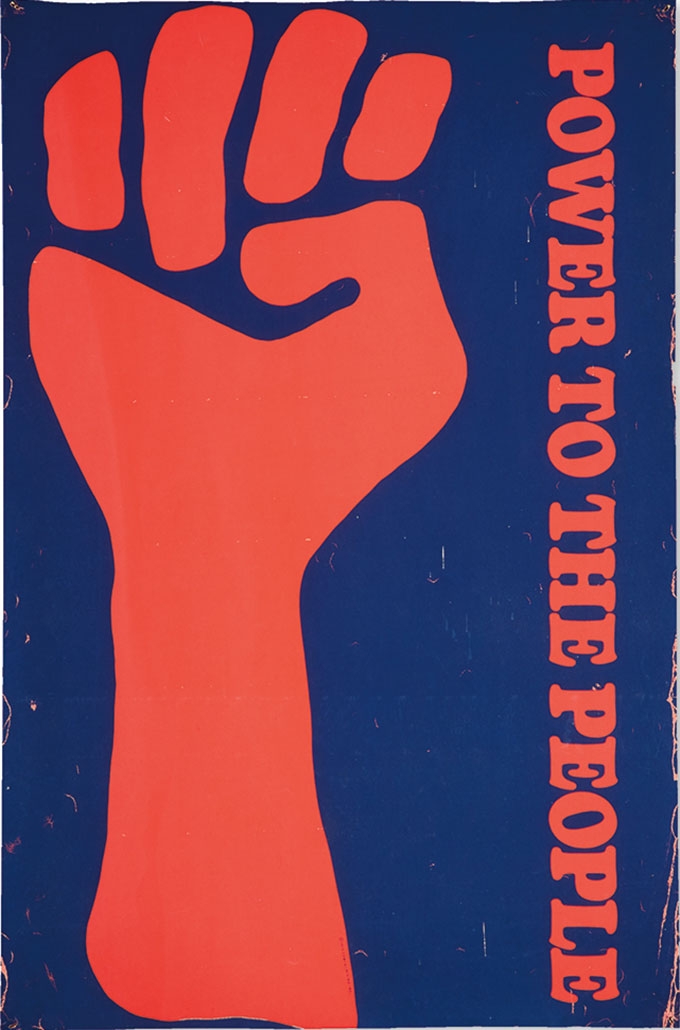
Unidentified artist (American, 20th century), Black Panthers: Power to the People, c. 1970, two-color poster, 35 1/2 x 23 1/2 inches. Collection of Middlebury College Museum of Art. Gift (by exchange) of Wilson Farnsworth, George Mead, and Henry Sheldon, 2017.008.
The Middlebury College Museum of Art, located in the Kevin P. Mahaney ’84 Center for the Arts on Rte. 30 on the southern edge of campus, is free and open to the public Tues. through Fri. from 10 a.m. to 5 p.m., and Sat. and Sun. from noon to 5 p.m. It is closed Mondays. The museum is physically accessible. Parking is available in the Mahaney Center parking lot. For further information and to confirm dates and times of scheduled events, please call (802) 443–5007 or TTY (802) 443–3155, or visit the museum’s website at museum.middlebury.edu.
